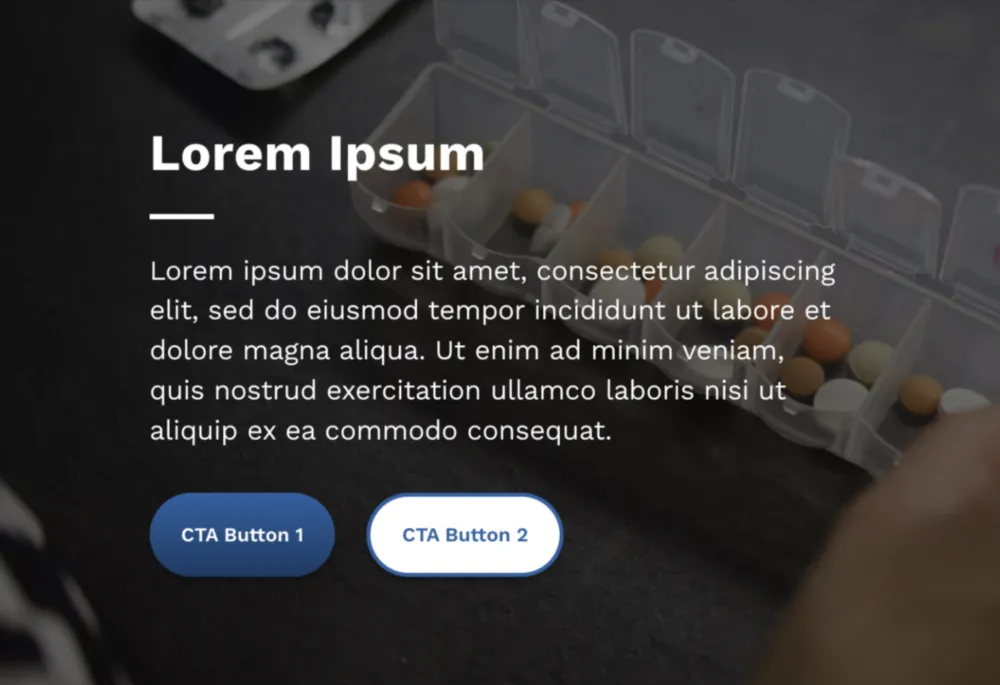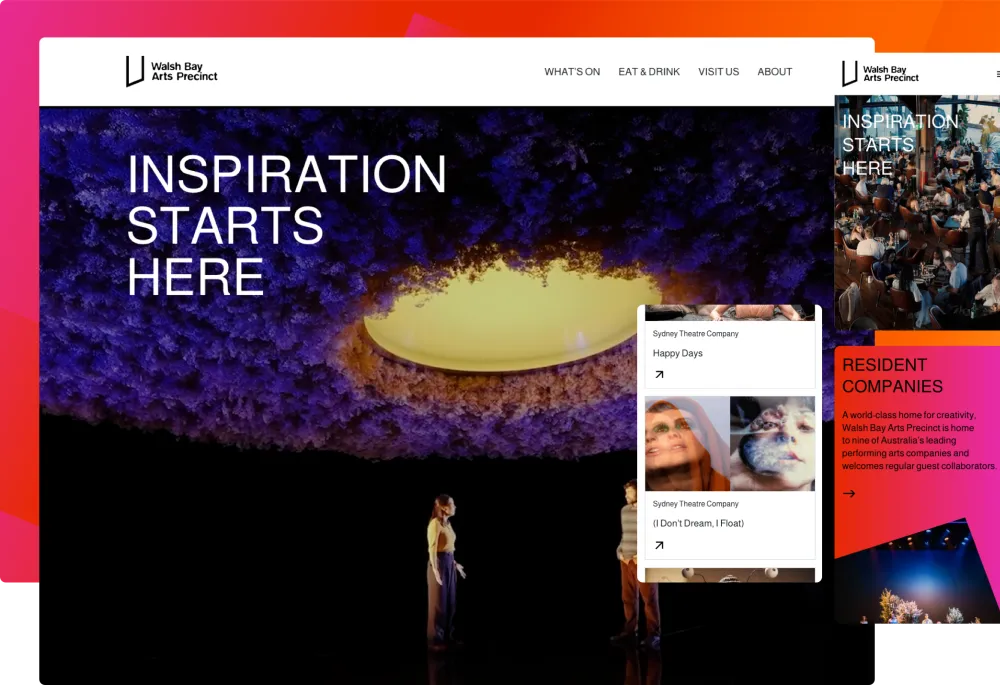Universidad Jorge Tadeo Lozano transformed its digital ecosystem through the Tadeo Digital project to strengthen its communication strategy and adopt new technologies as key tools for interaction, knowledge dissemination, and institutional positioning. The university opted for Drupal as the technological basis for developing a modern, scalable, and flexible platform that allows decentralizing content creation, improving the user experience, and facilitating the management of multiple sites, thus consolidating its digital identity and its vision of transformation.
Inside the project
Universidad Jorge Tadeo Lozano, a prestigious Colombian institution, set out to transform its digital presence through the Tadeo Digital initiative. This ambitious project aimed to improve the university’s communication strategy and promote the use of new technologies as essential tools for interaction, knowledge sharing, and brand positioning.
The project focused on creating a modern, scalable, and user-friendly platform to support communication, academic offerings, and internal processes across the university’s digital ecosystem.
The challenge
The university lacked the necessary technological infrastructure to manage and update its digital content efficiently. The existing tools did not support a collaborative content publication process, nor did they allow different actors to participate actively in content creation. This situation hindered their ability to implement an organized content strategy and align with their broader institutional communication goals.
After assessing the digital landscape and the limitations of their existing platform, the university identified the need for a content management system (CMS) and expert support that would ensure long-term scalability, robust content governance, and continuous improvements aligned with their digital transformation vision.
The solution
We collaborated closely with the university to design and implement a solution that fully embraced the goals of the Tadeo Digital project. Our team proposed Drupal as the CMS and deployed a tailored version (SeeD Dist alpha5) that included flexible components to support the university's evolving content needs.
The project included:
- Usability analysis and design of the site architecture.
- Custom wireframes and graphic designs for all main sections.
- Development of dynamic components that enabled the decentralized creation of content.
- Integration of flexible modules, including a powerful newsletter engine and microsite creation tools.
- A structured information migration process that ensured performance and scalability.
This technical foundation enabled the university to modernize their digital experience, decentralize content production, and support a dynamic and flexible editorial workflow.
Key features and benefits
- Microsite creation: departments gained autonomy through dynamic structures that supported the rapid deployment of microsites, landing pages, and banners.
- Content decentralization: intuitive content workflows allowed different university stakeholders to manage and publish content independently.
- Custom modules: a newsletter module with flexible templates enabled direct, ongoing communication with students and staff.
- Scalability and performance: the Drupal-based infrastructure ensured optimal load times and performance for a growing user base.
- Simplified content migration: the transition process improved internal workflows, reducing content friction between departments.
- Better user experience: end users benefited from a clear information architecture and improved access to academic and administrative content.
Conclusion
The Tadeo Digital project successfully transformed the university’s online presence into a modern, flexible, and scalable platform. By adopting Drupal and investing in a structured, user-centered approach, Universidad Jorge Tadeo Lozano strengthened its digital identity, empowered its content creators, and laid the groundwork for future innovation in academic and institutional communication.
After evaluating several platforms, the university selected Drupal for its proven flexibility, ease of use, and strong ecosystem. Drupal stood out for its robustness and ability to support a decentralized publishing model. The CMS enabled the creation of microsites, customized modules, and flexible editorial workflows that aligned perfectly with the goals of the Tadeo Digital strategy. With Drupal, the university gained a long-term partner in its journey toward digital transformation.

Technical Specifications
Drupal version:


